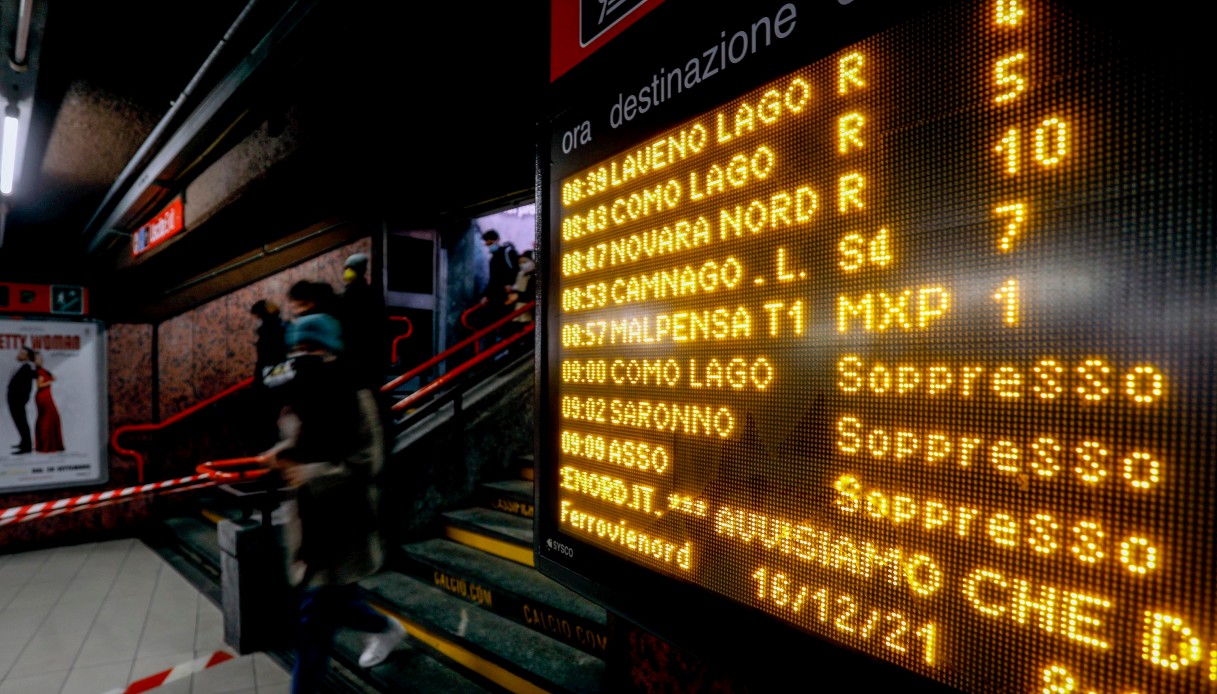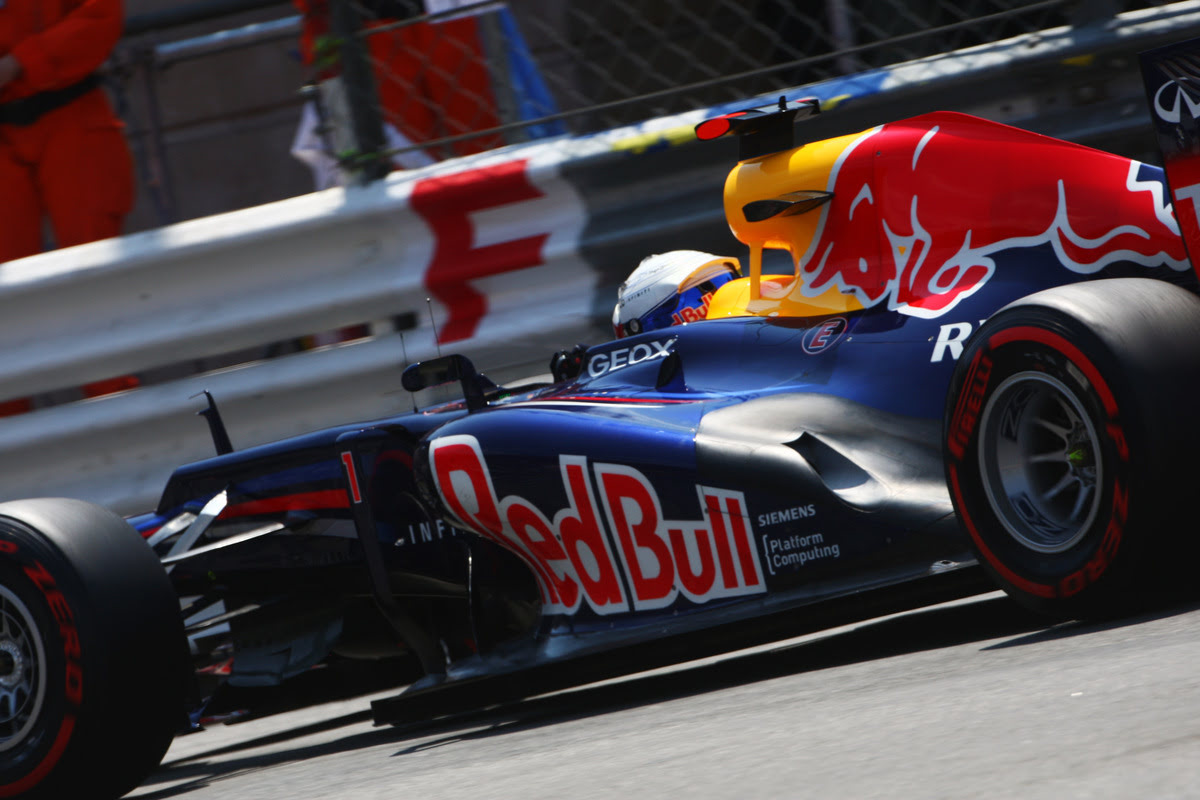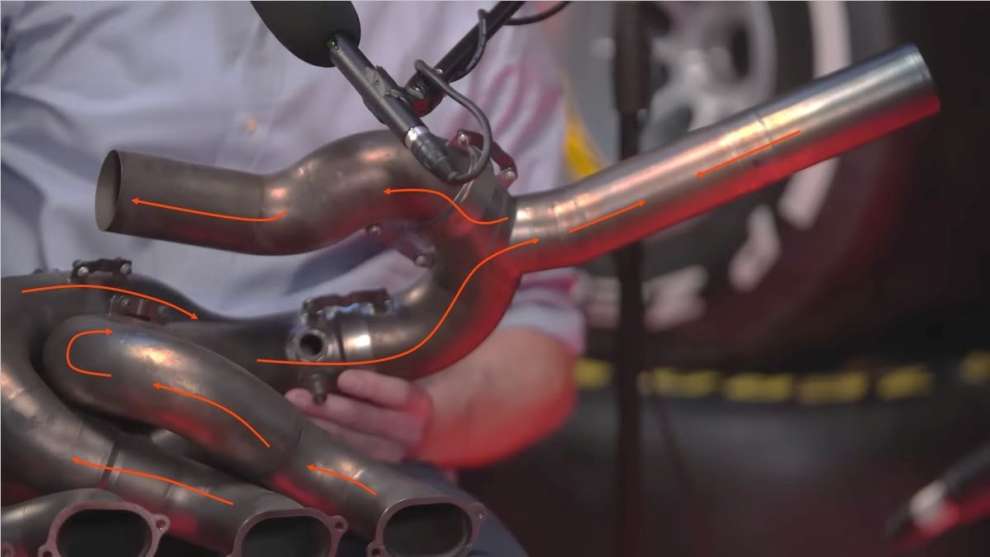With his victory at the Italian Grand Prix, Max Verstappen and the RB19 broke the previous record of nine consecutive victories set by Sebastian Vettel and the RB9. This event becomes an opportunity to celebrate the 2013 Red Bull, one of the most extreme and advanced single-seater cars in the history of Formula 1. However, its fortunes began a year earlier, with the RB8 of 2012. In fact, gradual growth is part of the creed of Adrian Newey , Prefer developments over revolutions. Therefore, to understand the RB9 it is necessary to talk about the RB8, of which the 2013 Red Bull is a direct descendant.
Organization change
In 2012, Red Bull has won both the drivers’ and constructors’ titles in the last two years. One of the many qualities that single seaters in Milton Keynes have is that they are extremely well exploited Blown exhaust principle, a 90s flick. By mounting the exhaust ducts as low as the floor, hot, high-energy engine gases flow directly into the diffuser, which also helps eliminate harmful turbulence generated near the rear wheels. The gains in terms of aerodynamic load propelled Sebastian Vettel to win the 2010 and 2011 world titles.
But for the new season, the federation is launching a change in regulations aimed at reducing the system. The exhaust ducts can no longer be installed at the bottom, they must be directed upwards. Then the RB8 was born with sliding bellies, where the two exhaust ducts were located. In fact, Red Bull’s intention is to circumvent the regulatory hurdle through exploitation Coanda effect. Thanks to the hot gases adhering to the car’s body, they are directed downward from the sides and thus can still reach the diffuser. The simulations are promising, but the data collected from the track does not reflect expectations.
Resonant idea
On track, the RB9 shows some gains thanks to the blown exhausts, but less than expected. He is directly entrusted with the calculation of the analyzes performed Adrian Newey In the autobiographical book “How to Build a Car”: “One explanation suggested by one of our aerodynamicists, Craig Skinner, is that this was due to exhaust gas pulsations. When the cylinder valves open, A shock wave is generatedthe pulse which when it reaches the end of the exhaust pipe creates a ring-shaped vortex. […] Craig was able to find several studies on this topic and create a transient CFD model, applying it to the car’s chassis: The effect of this vortex was to push the exhaust flow away from the slope of the belly and only a small portion ended up where it was desired.”
At Milton Keynes we work on two fronts to solve the problem: aerodynamic and mechanical. For the European Grand Prix in Valencia, the RB9 was fitted with a new chassis. By closing the exhaust duct outlet on three sides, the annular vortex is broken, reducing the tendency of gases to separate from the body. Meanwhile, the exhaust assembly on the Renault V8 is equipped with Helmholtz resonator, shaped like a simple cylindrical tube. The idea is that every impulse coming from the motor bounces inside the resonator. Its length is designed to give a very precise bounce frequency, so that the outgoing pulse meets the next incoming pulse, dampening each other.
Eleven years later, Craig Skinner He returns to talk about this project, as a guest on the Talking Bull program: “The pulses caused the exhaust flow to move away from the body of the car instead of going where we wanted it. So we added a Helmholtz resonator in the exhaust assembly. Each pulse travels inside this pipe, then bounces off and cancels out the next pulse coming in. In this way, we went from pulsating flow to flowing Constant and more stable. Thus the exhaust gases remained attached to the car body and flowed towards the diffuser. We introduced it in Valencia in 2012 It was one of those wow moments: We really found a lot of load. Vettel put his car in first place by half a second, then led the race by one second per lap, until he retired with an alternator failure.
piece of art
Exhaust gas gap management proved crucial to winning the 2012 world title, which was awarded on a points basis in the final race. The RB9’s 2013 campaign was certainly its most dominant, with Sebastian Vettel recording nine consecutive victories, a record that was only broken ten years later by the Verstappen-RB19 duo. Defining the project behind Red Bull’s 2013 record as a masterpiece is not an exciting choice. On the contrary, it perfectly reflects the vision that Adrian Newey has always had There is a deep connection between art and engineering: “The mind of an engineer, even more than that of a mathematician or physicist, combines the artistic, imaginative side of the brain—the ‘what if’ or ‘wouldn’t it be interesting to try this?’ approach—with the more realistic side, the attitude that everything has to work out.” Determine it for a purpose.

“Incurable internet trailblazer. Troublemaker. Explorer. Professional pop culture nerd.”







More Stories
Lamborghini, 10,000rpm twin-turbo V8 successor to the Huracan
A new species discovered in the sea: scientists are speechless
How to recover archived messages on Gmail and WhatsApp